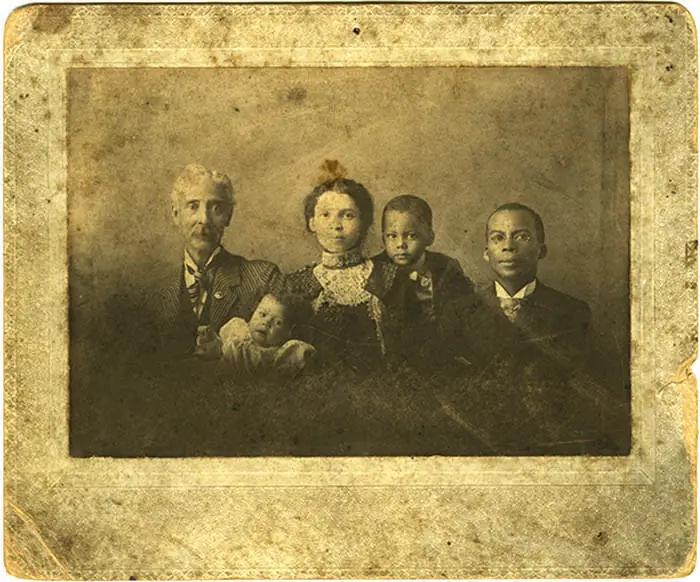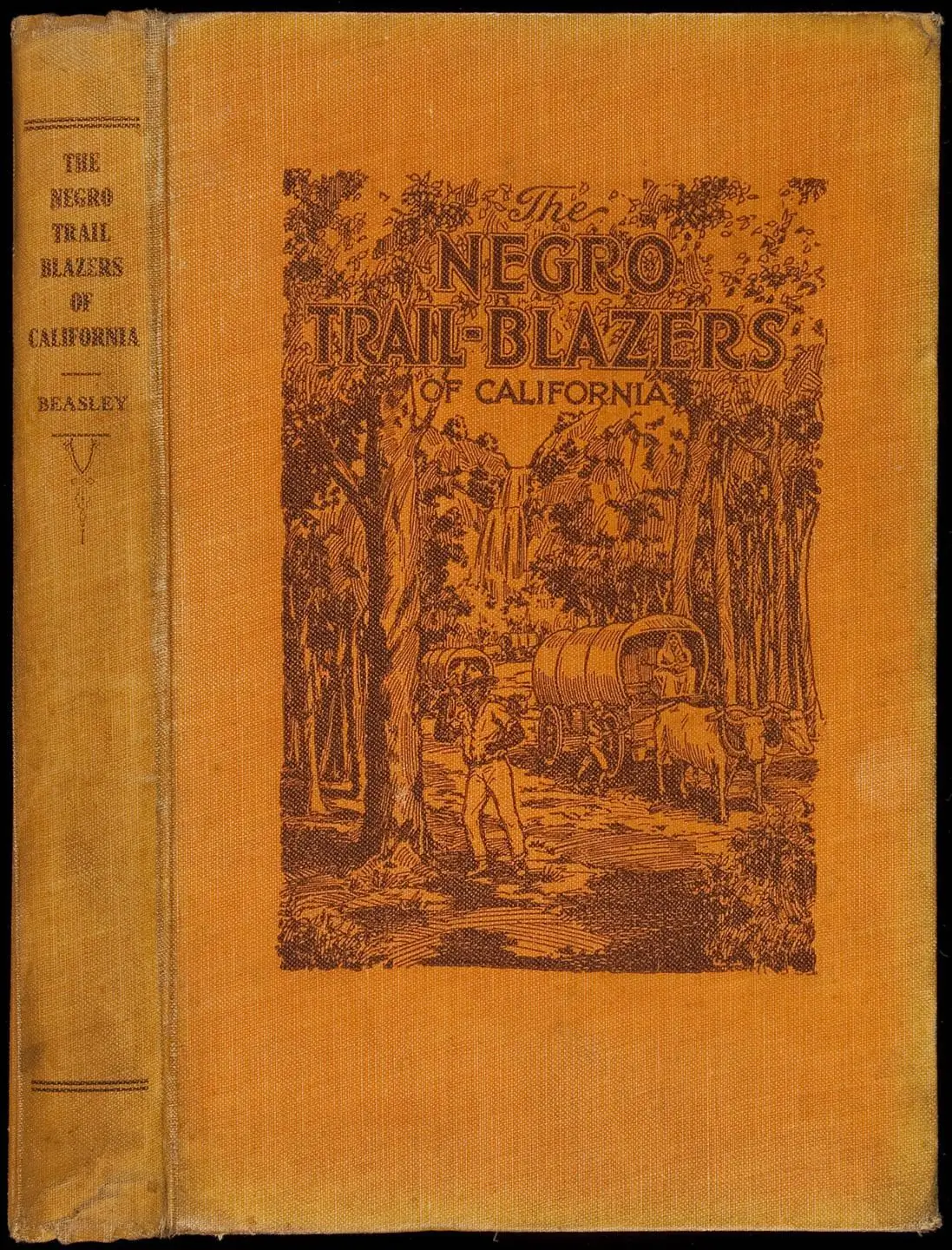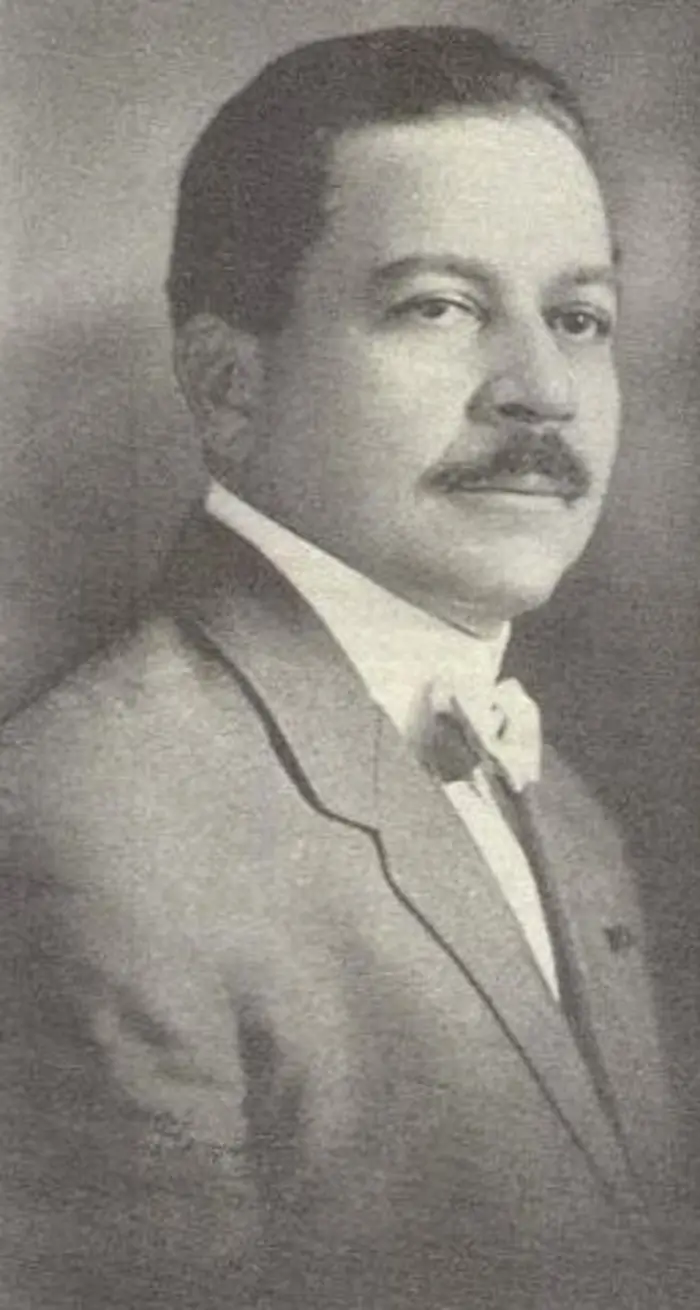FIRST BLACK LAWYER IN CALIFORNIA
Behind the backdrop of what was then a different California, Robert O’Hara Benjamin may have been the first Black lawyer in the state. Like other Blacks who entered learned professions in Los Angeles during the 1800s he came from an Island East of Florida, for lack of a better word. In this case, the Caribbean. Like a real legend, he was sent to English schools at age 11, in 1866, studied at Trinity College, Oxford for three years, and left for a two-year tour of the East Indies in before earning a degree. At the age of 14 he became a cabin boy during a six month cruise to South America. Presuming this tale is true, and he studied in the University from ages 11-14, it is unclear why such a prodigy would be a cabin boy. Also, in 1869 he settled in New York, and worked for a newspaper. In 1876, he helped Ruthford B. Hayes become elected on the Republican ticket, and was appointed the letter carrier of New York post office.
For unknown reasons, Robert O’Hara Benjamin lived in several Southern States almost immediately after being appointed letter carrier in New York. He studied law in Tennessee. In 1880 he was admitted to the Tennessee Bar followed by Virginia.

In 1887 he came to San Francisco and was admitted to practice law in California. During this time bar admissions were viva voce which means, in Latin, with living voice aka orally in English, before either the local courts, or the California Supreme Court. One admission session, although slightly earlier reported the judge who orally examined the attorney seemed more interested in his personal background than his knowledge of the law. Could this be code word for discrimination?
Robert O’Hara Benjamin practiced in San Francisco. However, we was the editor of two Los Angeles newspapers and one in San Francisco during the brief period he was in California. He was assassinated in 1900 when he marched a group of Blacks to vote in Lexington Kentucky. Although he is much celebrated as both a poet, activist, and newspaper man the validity of the information on him, published in many places, seems incorrect. His reported age might be inconsistent with photographs, educational claims. Many reputable sources seem equally unsure of the facts reporting things like he may be the first Black lawyer in California, and he may have been admitted in 12 states.
Delilah Beasley spent 10 years traveling the state of California, and beyond, speaking to persons present in early statehood, and the families of trail blazing Blacks, followed by eight and a half years reading before The Negro Trail Blazer of California’s for publication in 1919.

Her book is one of the most interesting sources a historian can chance upon. Today, copies are either photographed or mimeographed from copy 726 of 1,119 in the Bancroft Library in Berkeley which houses the greatest collection on California history. Although legal issues relating to Blacks in pre-1919 California permeate her work, Beasley devoted Chapter XVI to, “Law.” She wrote that Benjamin shared an office with a well-known white firm, and he was the first Black admitted to practice in California. Much of the information reported about him on the internet seems to come from what she wrote. She claims he practiced in Los Angeles in the firm of Barham and Stewart the author of this post located at Rooms 15-16 of the Allen Block on the corner of Spring and Temple, of which either Barham or Stewart was a Scotsman, and their office would be between the various downtown courts today.
LOS ANGELES BLACK LAWYER CERUTI WAS THE LOCAL LEADER OF THE NAACP
Beasley placed her attention on Edward Burton Ceruti. He was born in Nassau, in the Bahamas, in 1873, which Beasley refers to as the West Indies. He was living in Florida by 1878, later attended Brooklyn Law School, Saint Lawrence University in New York, and came to California in 1910. Ceruti was the first Black lawyer who made himself a fixture of Los Angeles. He was regarded as a criminal defense lawyer.

Soon after Blacks gained the right to testify, he won over a white jury in Santa Barbara who first considered the trial of a Black man with a Black lawyer to be a joke. This trial is said to have roused the notion that the way to eliminate crime is to remove the cause of criminality, and treat criminals in a humanitarian way. Ceruti’s achievements gained him nationwide attention.
In 1913 W.E.B Du Bois met Ceruti and made him the top local leader of the NAACP for Southern California.
